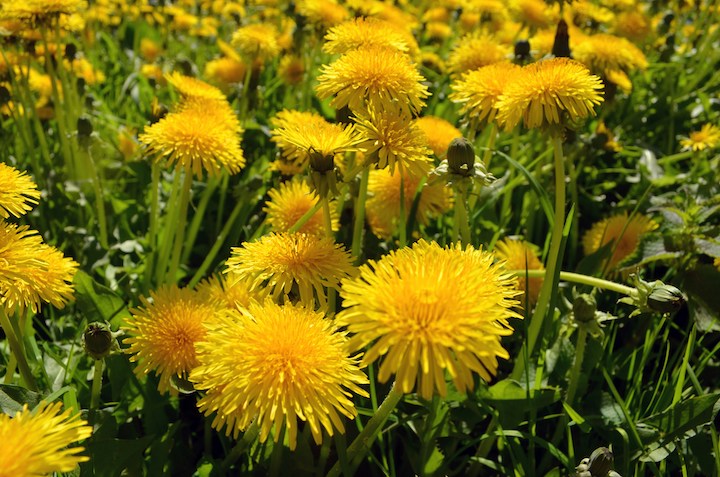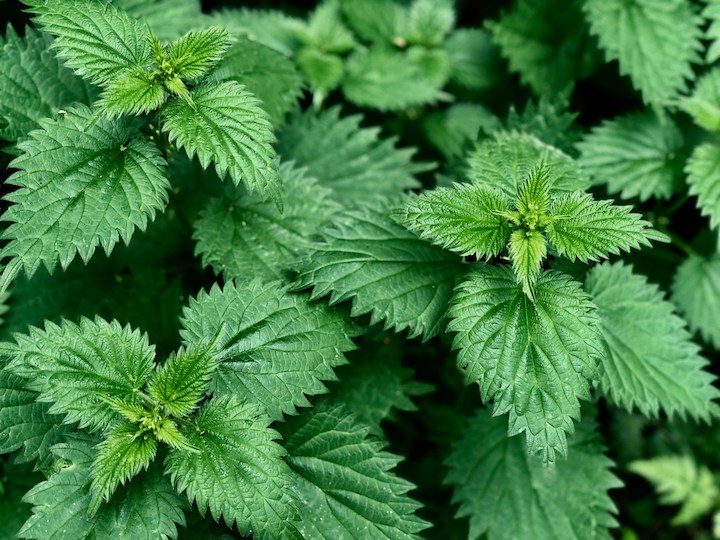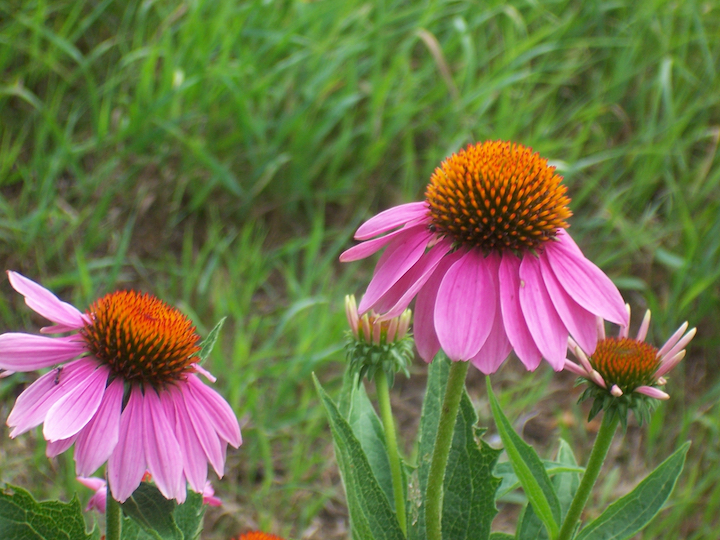What if you could find all-natural and organic medicines that can help with your ailments with virtually no side effects? You can!

I ran across this list of common medicinal plants—some of which grow as “weeds” in my own yard.
What’s the benefit in knowing about these? Well, they’re free, organic, all-natural and most double as a great food source, too.
Modern medicine can be amazing and life-changing (I had LASIK surgery in 2018 after a lifetime of wearing glasses and contacts—definitely life-changing!)…but there’s a negative side, too.
Complications and side effects of synthetic drugs are well known. Some are almost as bad as the diseases they treat.
Here are a few plants that have been used to treat ailments and injuries for centuries. These all grow prolifically in North America, some around the world. Several are growing wild in my own yard and we haven’t been able to kill them!
As it turns out, that’s a good thing.
Not only would it be handy to know these plants for economic and health reasons at home…being able to identify and use them when out and about camping, hiking and paddling could prove very helpful someday.
Let’s take a look at a handful of common medicinal plants…
1. Dandelion
These cheerful yellow flowers are the bane of every immaculate-lawn-loving homeowner! The common dandelion isn’t just completely edible but is known to help digestion along and help your body absorb nutrients.

According to Healthline.com, dandelions are full of Vitamins A, B, C and D, iron, potassium and zinc. It’s been used in native cultures around the world for ailments of the liver, gall bladder, kidneys and skin.
It’s certainly a reliable source of organic and nutritious salad fixings (assuming you don’t use chemical fertilizers on your lawn, of course!).
2. Broadleaf Plantain
Not to be confused with fried bananas, broadleaf plantain leaves have been used as an anti-inflammatory and anti-bacterial dressing for wounds, bites and stings. The leaves can also be steeped into a tea and drank to ease inflammation, help with digestion and even control blood sugar.
In fact, many native cultures around the world seem to have used this plant—both roots and leaves—to cure or relieve many an ailment. While not native to North America, it’s been naturalized here for centuries.
3. Stinging Nettle
I admit this one surprised me! My first encounter with one of these tall “weeds” was when I (foolishly but ignorantly) tried to pull it out of the ground bare-handed. Not a good idea! It was several hours before my hand was feeling somewhat normal again.

Penn State Hersey Medical Center describes stinging nettle as having been used for hundreds of years to treat: muscle and joint pain, eczema, arthritis, gout, urinary tract infections, hay fever, insect bites, and many more common ailments.
4. Cone Flower (Echinacea)
The cone flower is known as an immune system booster. Many people have heard of Echinacea supplements, but don’t know the Echinacea plant is the beautiful cone flower—one of my personal favorites for the garden.

Here’s something interesting:
“Throughout history, people have used echinacea to treat scarlet fever, syphilis, malaria, blood poisoning, and diphtheria. Although this herb was popular during the 18th and 19th centuries, its use began to decline in the United States after the introduction of antibiotics. Echinacea preparations became increasingly popular in Germany throughout the 20th century. In fact, most of the scientific research on echinacea has been conducted in Germany.” (source)
5. Burdock
The roots and leaves of this common wild plant are used as a digestive aid. The root in particular is valued by cultures other than ours as a root veggie. It’s very high in fiber, which explains its digestive benefits
Burdock can be used to help control blood pressure and diabetes, boost the immune system and help clear up your skin.
6. Yarrow
Yarrow is a hardy and very common perennial in several parts of the world with a medicinal history going back 3,000 years! Its cheerful flower clusters make it a wonderful pollinator.

Yarrow tea can help reduce fever, blood pressure and inflammation. Externally, it can help heal wounds and skin conditions. (Pregnant women should stay away from it, though.)
In Conclusion…
These are just six of many hundreds of plants that people have used for generations for better health and to treat all kinds of physical ailments.
I guess it shouldn’t be such a surprise that there are so many of these plants on our planet. After all, the God who made them also made us. It makes complete sense He would supply us with the resources we need, including medicines and health aids.
A neat project—especially with your kids, grandkids or friends—would be to learn about some of the medicinal plants in your area, and then take a few field trips to find them. You can look in your own yard or in some local natural areas.
Learn which parts of which plants are used for which ailments. And then you can either use them for that, or at the very least, eat some of them for dinner!
(All photos from the USDA Natural Resources Conservation Service. Public domain except where noted. Sources: Medicinal Plants List, Alderleaf Wilderness College; Alternative Nature; OrganicFacts.com)
Here’s more…
- 7 Wild Edible Berries of the Midwest
- The Many Health Benefits of Walking
- As Christians, How Do We Steward Our Environment Well?
- Water and Its Importance in the Bible - August 27, 2024
- How God Speaks through Signs in the Heavens - June 14, 2024
- 20 Meaningful Bible Verses about Nature - March 18, 2024

